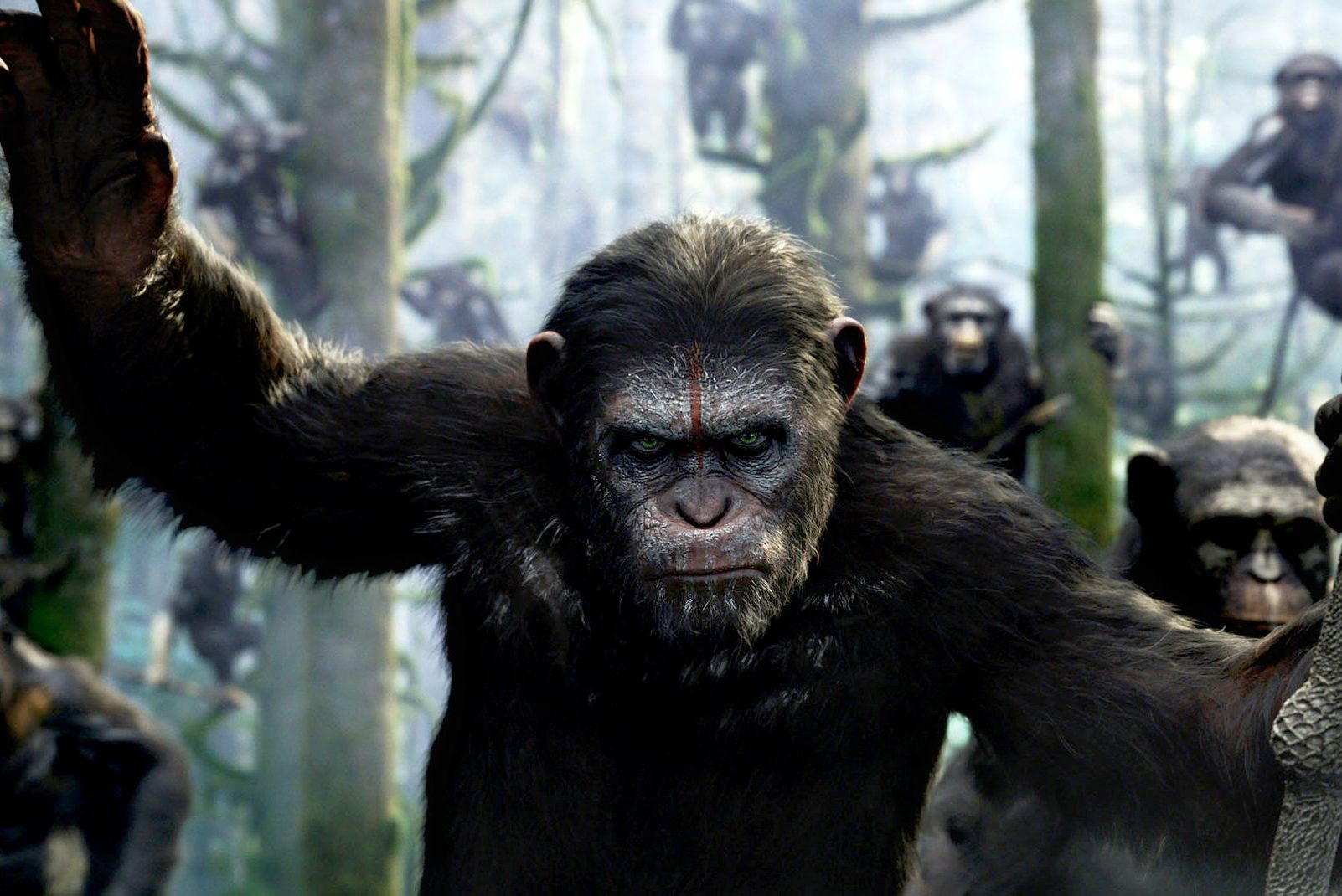One of the most important bursts of creativity in cinematic history erupted from the spirit of a man named Pierre Boulle in 1963 when he wrote a revolutionary novel titled “La Planète des Singes“; it has since gone on to inspire nearly six decades of TV shows and films. While Franklin Schaffner directed the original “Planet of the Apes” film in 1968 and marked a pivotal moment in the history of filmmaking, the many TV series and movies that have followed ran the franchise into a state of embarrassment, with most of the world not taking the premise of apes ruling Earth too seriously.
As the idea of a primate-led apocalypse gradually became outdated in the never-ending flood of sci-fi movies, a rush of hope emerged with the 2011 release of “Rise of the Planet of the Apes.” This movie kicked off a storyline that is often overlooked in the discussion of best trilogies ever, but in the wake of the 10-year anniversary of its release, it’s time to return to this story with the hindsight of 20/20 vision.
Very rarely are all three movies in a trilogy beloved by fans, and this is even the case for some of the most beloved characters and franchises. The original “Spider-Man” trilogy is plagued by its final installment. The “Indiana Jones” movies eventually ran their course. Even “The Dark Knight” trilogy and the original “Star Wars” trilogy are criticized for their third acts. In a world where finales like the “Game of Thrones” TV show are so deeply analyzed and expected to be perfect, it seems impossible for fans to love a stretch of three movies in unison. However, the new “Planet of the Apes” films seem to stand alone as one of the only trilogies to fulfill the majority’s hopes and wishes.
“Rise of the Planet of the Apes” was a story that was ironically character-driven, considering the main character was an ape named Caesar that couldn’t speak. It was a beautiful film that pushed the boundaries of motion capture and introduced the world to an apocalyptic origin story for an Earth slowly being taken over by apes. The “Dawn of the Planet of the Apes” set a serious tone for the series with an outstanding movie that both bridged the first and third film as well as analyzed human morality. The “War for the Planet of the Apes” was an admired, fulfilling conclusion that saw the established philosophies of apes and the flaws of humanity engage in a duel over who would rule the world. All of these movies were adored by fans and raved about by critics, with all three installments scoring above 80% on Rotten Tomatoes and selling over a billion dollars at the box office in total.
While these movies were individually incredible, there is something larger to be said about what made the new “Planet of the Apes” trilogy so appreciated.
The condition of a trilogy being loved as a whole is, as previously stated, incredibly rare. It is not without reason that the “Planet of the Apes” trilogy sits among very few franchises that have achieved this feat. These movies are special. The groundbreaking special effects that forced the audience to take Super-Apes seriously alongside the poetic story that provided a nuanced commentary on humanity’s fatal flaws are the driving forces behind this legendary run.
The special effects by Weta Digital and motion capture by Andy Serkis are still ahead of their time. They truly brought apes to life, with every atom of their hair waving in the air as their facial expressions alone provided character development that some movies with nonstop dialogue could never hope to achieve. Caesar, the main ape played by Serkis, literally goes from a baby science experiment to the leader of a revolutionized planet with very few pieces of limited dialogue. There are full-blown CGI action sequences with hundreds of apes charging into a fiery war with humans or a ferocious battle with each other, and they do not skip a beat. Every computer-generated arrow that flies from their computer-generated hands into the computer-generated woods is as detailed as reality. They made the audience believe a world that is completely unbelievable, and these movies certainly show how much power special effects can have.
While this is a primary reason that the rebooted version of the “Planet of the Apes” trilogy was so fascinating, it was the story that elevated this franchise to the heights it has reached.
It is incredible that writers of movies centered around apes that conquer the world decided to take such a serious route, but the world should be glad they did. The story does not shy away from grounding itself in reality. A cure for Alzheimer’s gone wrong that turns into an epidemic that leaves apes with a larger population than humans is certainly an exciting tale at first glance, but it is even better with the depth that is provided. Each movie carefully shows the impact of some of the defects in humanity’s armor. Whether it be the growing arrogance of humankind or the wars societies have waged against one another over invisible trade routes, the story touches upon it through symbolism instead of words. It is a story about how far human beings have fallen and how, at this point, apes do a better job of being kind to one other than people.
On top of it all, the movies show an amazing appreciation for animals. The writers, directors and actors are all noted to have done extensive research about apes and all their dimensions. The movements, the culture and their interactions are all inspired by real-life primate habits and characteristics. This reflects the deep care each person that worked on the movies had for the philosophy behind it all, and it has clearly paid off.
The “Planet of the Apes” trilogy is an anomaly and one of the greatest trilogies ever. It’s time it gets the respect it deserves. If you have not watched it already, it looks like I just gave you something to do tonight.
















